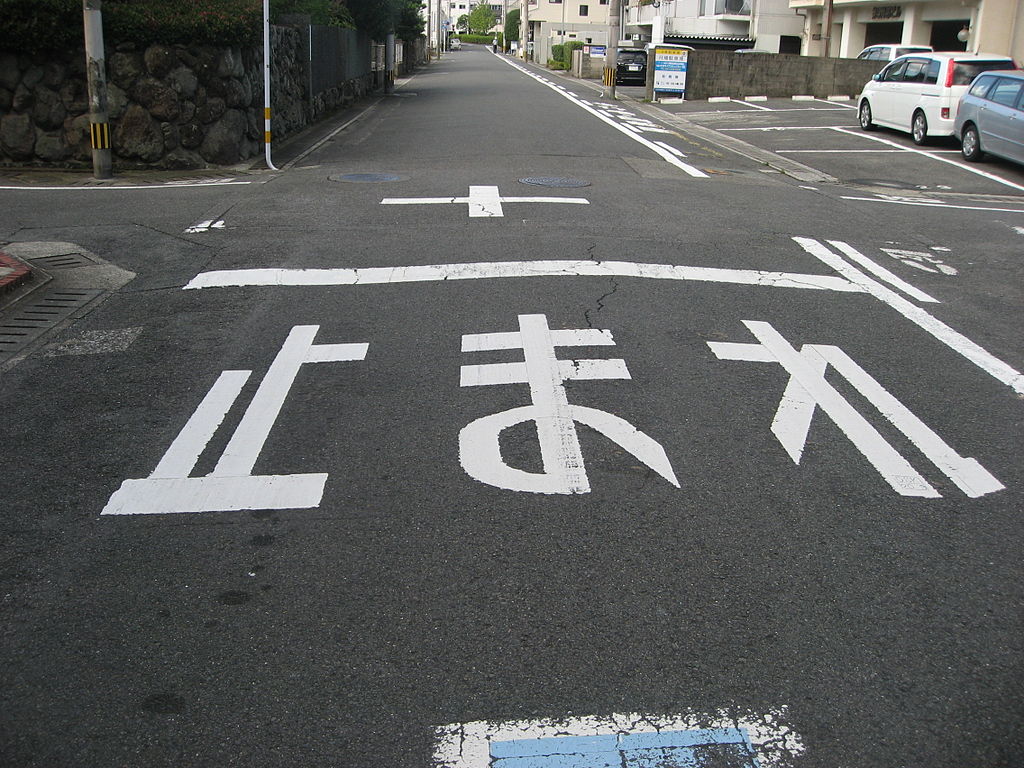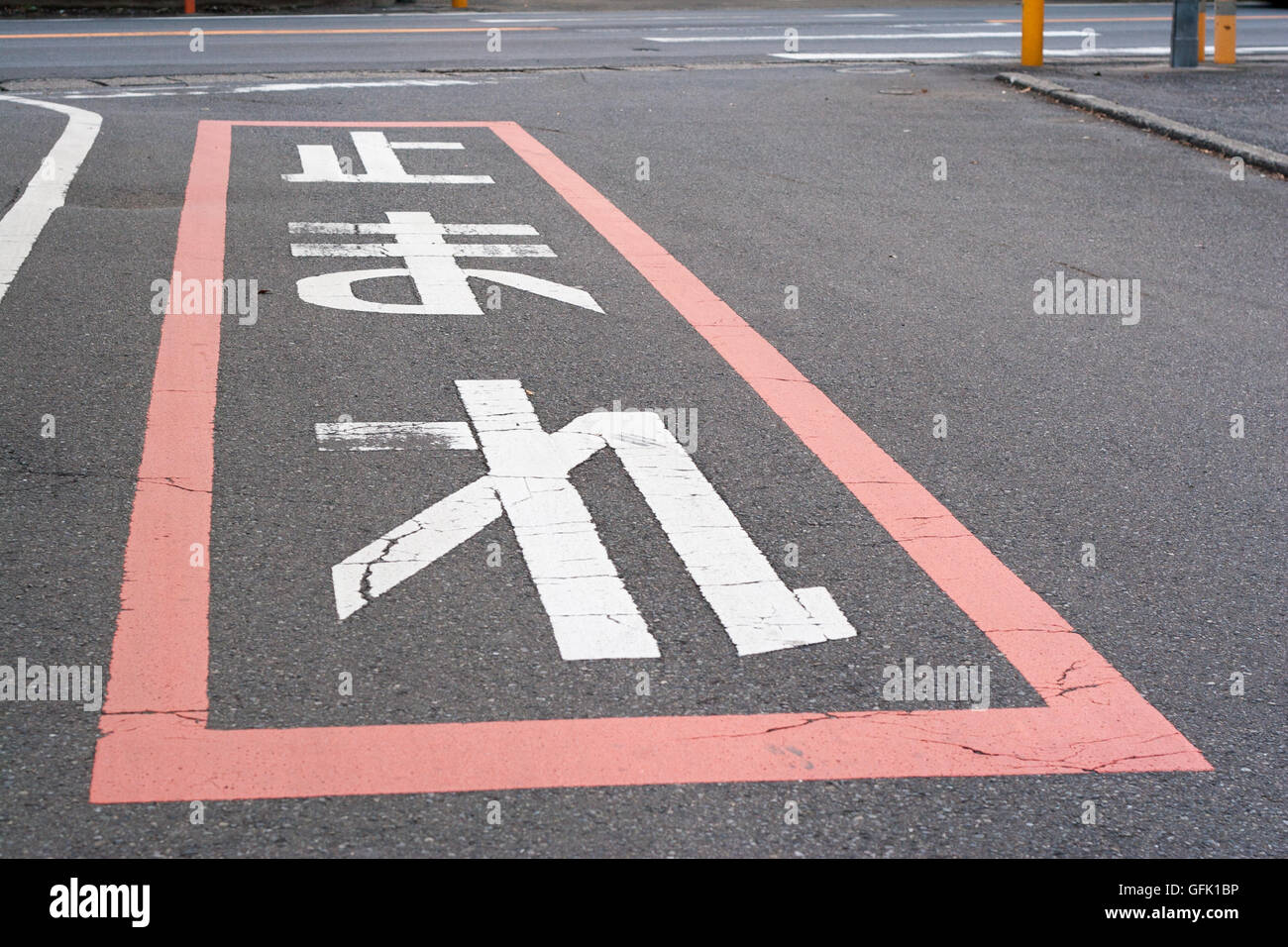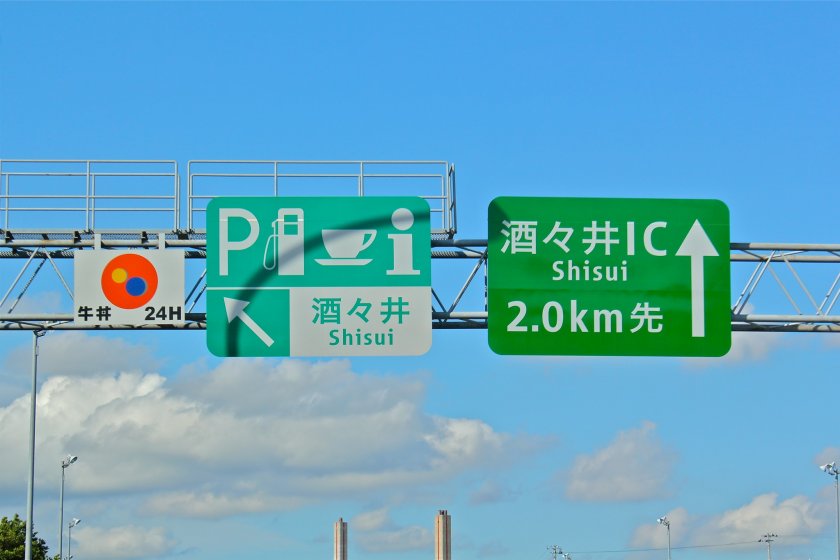How To Say "Stop" In Japanese: A Comprehensive Guide For Everyday Use
Have you ever found yourself in a situation where you needed to say "stop" in Japanese but didn't know how? Well, you're not alone. Whether you're traveling to Japan, learning the language, or simply curious about Japanese culture, knowing how to say "stop" can be incredibly useful. In this guide, we'll break it down for you in a way that's easy to understand and fun to learn.
Imagine this: You're in Tokyo, and you accidentally get on the wrong train. The train starts moving, and you need to stop it immediately. Or maybe you're in a karaoke bar, and you want to pause the song. Knowing how to say "stop" in Japanese can save the day. But here's the thing: there's more than one way to say it, and that's where things get interesting.
Japanese is a fascinating language with many nuances, and the word "stop" is no exception. Depending on the context, the tone, or even the level of politeness, you might use different words or phrases. In this article, we'll explore everything you need to know about saying "stop" in Japanese, from casual slang to formal expressions. So, let's dive in!
Read also:What Is The Jamaican Slang For Friend Or Bro Exploring The Vibrant Language Of Jamaica
Understanding the Basics of "Stop" in Japanese
Stop in Japanese: A Quick Overview
Before we dive deep into the world of "stop" in Japanese, let's start with the basics. The most common way to say "stop" in Japanese is "tomaru" (止まる). This verb means "to stop" or "to come to a halt." However, depending on the situation, you might also use other words like "yamete" (やめて), which means "stop it" or "quit it," or "matte" (待って), which means "wait" or "stop for a moment." Confused yet? Don't worry, we'll break it down for you.
Here's a quick list of the most common ways to say "stop" in Japanese:
- Tomaru (止まる) - To stop (general)
- Yamete (やめて) - Stop it / Quit it
- Matte (待って) - Wait / Stop for a moment
- Tome (止めて) - Stop (command form)
Now that you have a basic understanding, let's explore each of these words in more detail.
Common Ways to Say "Stop" in Japanese
Tomaru (止まる): The General "Stop"
Tomaru is the most straightforward way to say "stop" in Japanese. It's a verb that means "to stop" or "to come to a halt." You can use it in various situations, such as telling someone to stop doing something or asking a vehicle to stop. Here's an example:
Denwa wo tomaru (電話を止まる) - Stop the phone (e.g., stop the ringing).
Tomaru is a polite and neutral word, making it suitable for most situations. However, if you're in a hurry or need to be more direct, you might want to use a different word.
Read also:Exploring The Life And Marriage Of Khamzat Chimaev
Yamete (やめて): Stop It!
When You Need to Be More Direct
Yamete is a more casual and direct way to say "stop" in Japanese. It's often used when you want someone to stop doing something annoying or inappropriate. For example:
Kono ongaku wo yamete! (この音楽をやめて!) - Stop this music!
While yamete is more direct, it's still relatively polite. However, if you're in a formal setting or talking to someone older or higher in status, you might want to use a more respectful form.
Matte (待って): Stop for a Moment
When You Just Need a Pause
Matte is a versatile word that can mean "wait" or "stop for a moment." It's often used when you need someone to pause what they're doing or give you a moment to catch up. For example:
Matte kudasai! (まってください!) - Please wait!
Matte is a polite and friendly word, making it suitable for most situations. However, if you're in a more formal setting, you might want to use a more respectful form like "machigatte kudasai" (待っていただいて).
Tome (止めて): The Command Form
When You Need to Be Authoritative
Tome is the command form of "tomaru" and is used when you need to be more authoritative. It's often used in formal or official settings, such as when a police officer tells a car to stop or when you need to stop a machine. For example:
Kuruma wo tome! (車を止めて!) - Stop the car!
Tome is a strong and direct word, so use it wisely. It's perfect for situations where you need immediate action, but it might come across as rude in casual conversations.
Context Matters: Choosing the Right Word
Why Context Is Important
Now that you know the different ways to say "stop" in Japanese, it's important to understand the context in which you use them. The word you choose will depend on the situation, the tone, and the relationship between you and the person you're speaking to. Here are some tips to help you choose the right word:
- Use "tomaru" for general situations where you need to stop something.
- Use "yamete" when you want someone to stop doing something annoying or inappropriate.
- Use "matte" when you need someone to pause or wait for a moment.
- Use "tome" when you need to be authoritative or formal.
Remember, Japanese is a language that values politeness and respect, so always consider the context before choosing your words.
Practical Examples of "Stop" in Japanese
Real-Life Scenarios
Let's look at some real-life scenarios where you might need to say "stop" in Japanese:
Scenario 1: You're on the wrong train
Kono densha wo tome! (この電車を止めて!) - Stop this train!
Scenario 2: Someone is playing loud music
Kono ongaku wo yamete! (この音楽をやめて!) - Stop this music!
Scenario 3: You need a moment to catch your breath
Matte kudasai! (まってください!) - Please wait!
Scenario 4: You're in a formal setting and need to stop a presentation
Shucho wo tomare! (プレゼンを止めてください!) - Please stop the presentation!
These examples illustrate how the same word can be used in different contexts to convey different meanings.
Understanding Nuances in Japanese
The Importance of Politeness Levels
Japanese is a language that has different levels of politeness, and it's important to understand them when using words like "stop." Here's a quick breakdown:
- Casual: Use this with friends or people of the same age.
- Polite: Use this with acquaintances or people older than you.
- Respectful: Use this in formal settings or when speaking to superiors.
For example, if you're talking to a friend, you might say "yamete" (やめて), but if you're talking to your boss, you might say "yamete kudasai" (やめてください).
Learning Resources for Japanese Language
Where to Learn More
If you're serious about learning Japanese, there are plenty of resources available. Here are a few recommendations:
- Language Apps: Apps like Duolingo and Lingodeer offer interactive lessons that make learning fun.
- Online Courses: Websites like Coursera and Udemy offer comprehensive courses taught by experienced instructors.
- Books: Books like "Genki" and "Minna no Nihongo" are great for beginners and intermediate learners.
- Language Exchange Programs: Platforms like Tandem and HelloTalk allow you to practice with native speakers.
Remember, the key to learning any language is consistency and practice. Don't be afraid to make mistakes – it's all part of the process!
Conclusion: Mastering "Stop" in Japanese
In this guide, we've explored the various ways to say "stop" in Japanese, from casual slang to formal expressions. Whether you're traveling to Japan, learning the language, or simply curious about Japanese culture, knowing how to say "stop" can be incredibly useful. Remember to consider the context, tone, and politeness levels when choosing your words.
So, what are you waiting for? Start practicing today and take your Japanese skills to the next level. And don't forget to share this article with your friends who might find it useful. Together, let's make learning Japanese a fun and rewarding experience!
Table of Contents
- Understanding the Basics of "Stop" in Japanese
- Common Ways to Say "Stop" in Japanese
- Yamete (やめて): Stop It!
- Matte (待って): Stop for a Moment
- Tome (止めて): The Command Form
- Context Matters: Choosing the Right Word
- Practical Examples of "Stop" in Japanese
- Understanding Nuances in Japanese
- Learning Resources for Japanese Language
- Conclusion: Mastering "Stop" in Japanese


